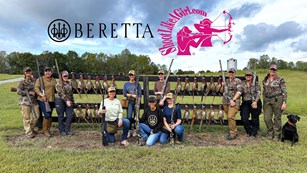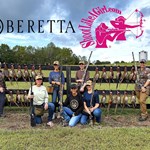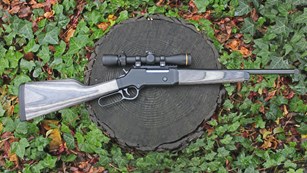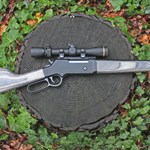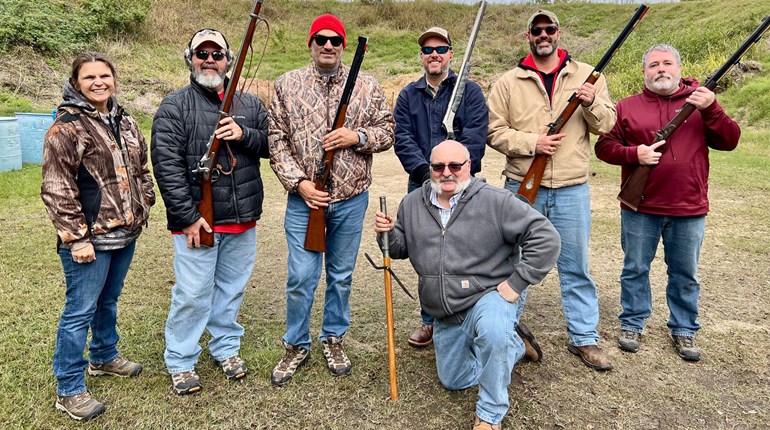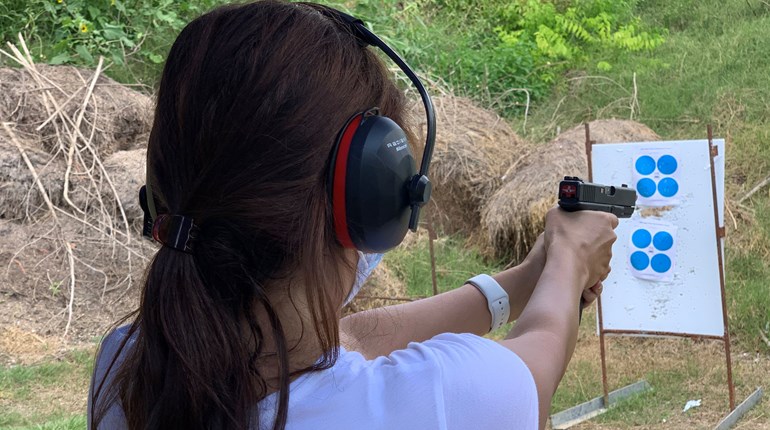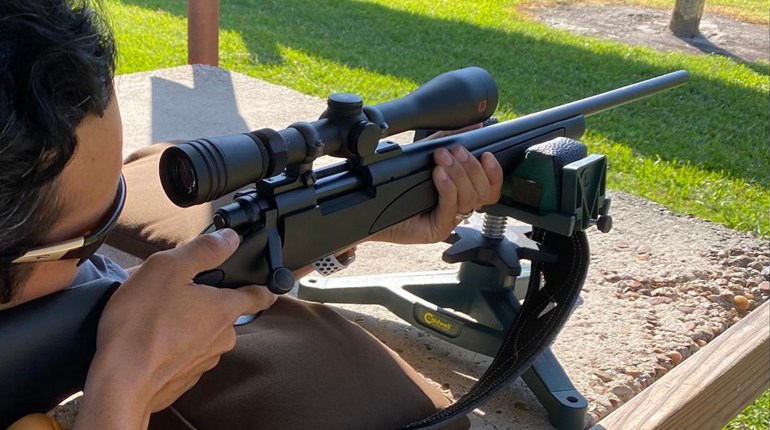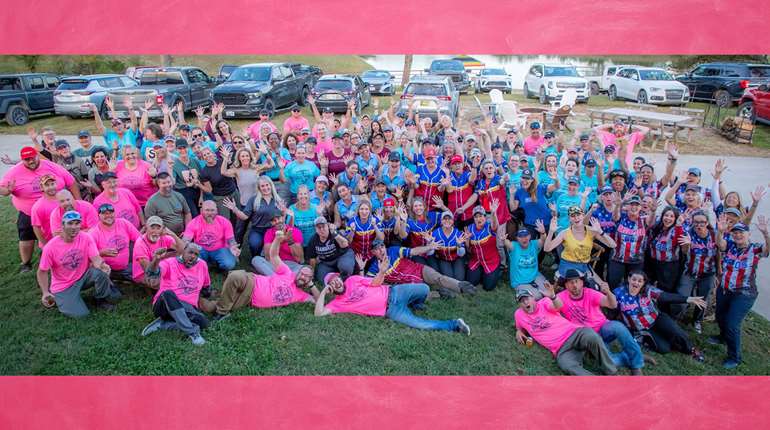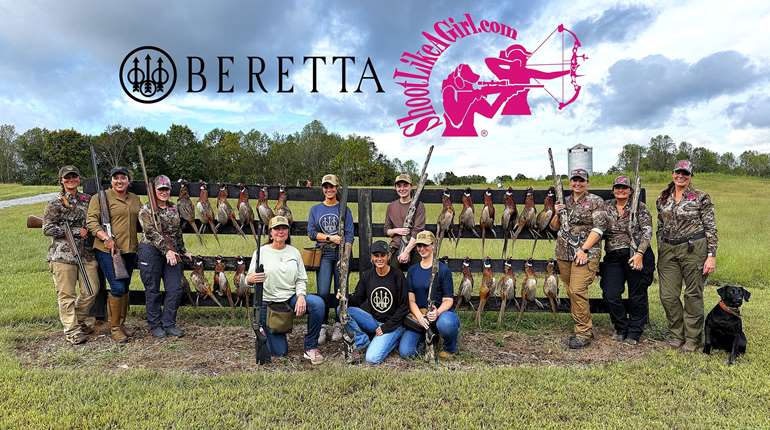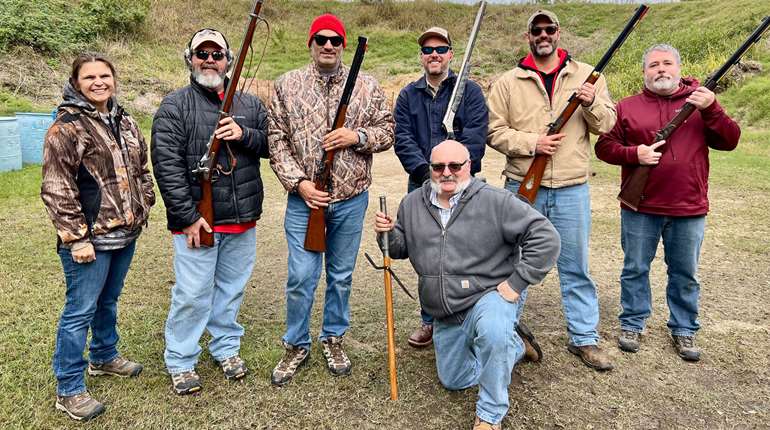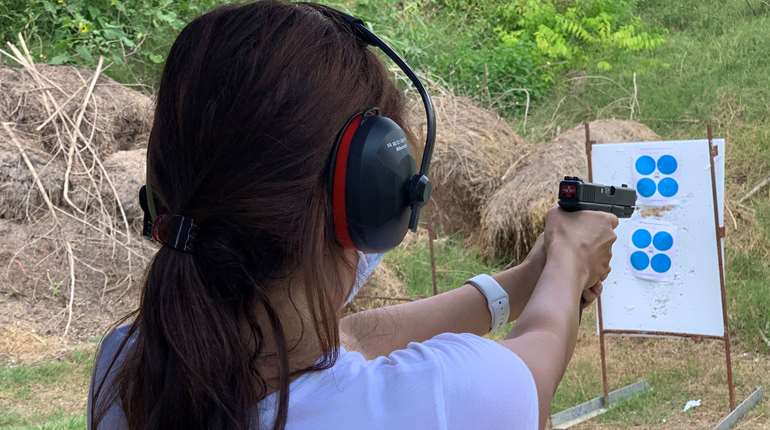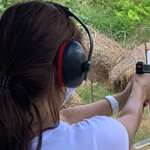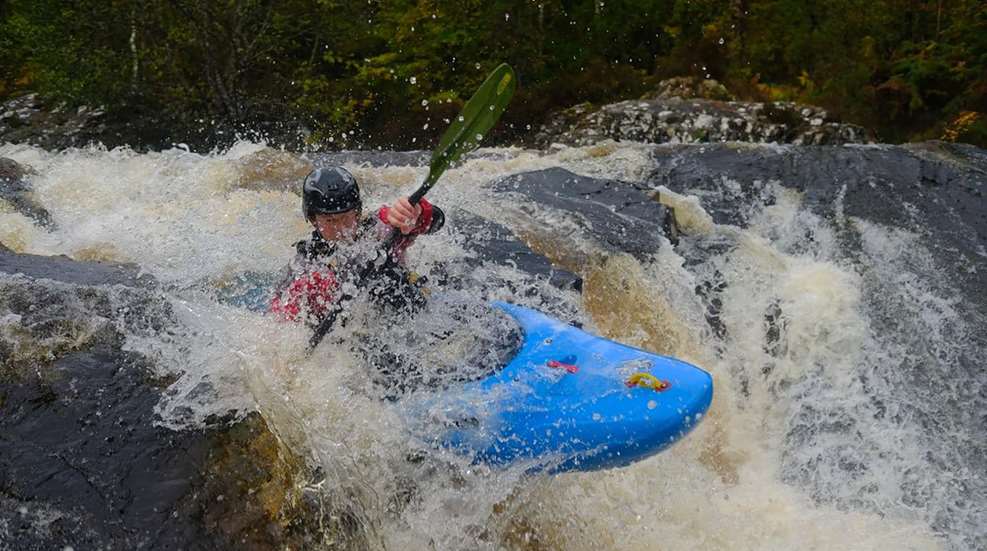
Whitewater sports like rafting, canoeing and kayaking return to popularity as winter transitions into spring, and are in full swing during the summer. Fortunately, North America is home to some of the best rivers in the world for whitewater activities. The Rio Grande, Arkansas, Snake, Salmon and several others are ideal to experience the power that nature has to offer.
These whitewater activities are some of the most exciting, yet dangerous, sports available to the outdoor enthusiast. Sportsmen and women looking to experience the thrill they offer can either do their own research and work their way up to “angry” waters, or hire an outfitter or guide to teach the proper and safe techniques. Like any sport, knowing the hazards and how to avoid them is critical to averting a tragedy. This is especially true when engaged in water sports.
First, never attempt to shoot the rapids in unfamiliar waters. Always do your research and scout out the river. Whitewater sporting goods stores are a great way to gather information and safety advice. Always inspect your equipment and replace a piece that is worn or broken. Water should always be respected, regardless of a calm lake, babbling brook or raging river.
The water that flows over underwater obstacles is called the rapids, and there are many natural hazards to be aware of when traversing a fast-flowing river. These dangers can be experienced above or beneath a fast-flowing river, and include strainers, sieves, holes, under cuts, foot entrapment and hypothermia.

Obstacles
Obstacles in the water are what creates whitewater hazards. Rocks, boulders, stumps, trees, dams, etc. can cause a boat or vessel to capsize, sending its occupants into hazardous water. Additionally, rafts, canoes and kayaks can be pinned against the obstacle. This is referred to as becoming "broached" against the obstacle, and can become very dangerous if the vessel is wrapped around the obstacle. This usually occurs in canoes. When this happens, the canoe is bent around the obstacle, trapping its occupants, and in extreme cases, under the water.

Strainers
Strainers are obstructions that allow water to pass through or under, but do not allow other objects to pass including rafts, canoes or kayaks. This type of hazard can trap an individual under the water, causing him or her to drown. Strainers can extend all the way across the river or only partially across. The most common type of strainer is a fallen tree or limb, especially after a heavy rain. Strainers should be avoided at all times.

Sieves
Sieves are a group of large boulders in the river that allow water to pass through, but not people or objects. Sieves appear as water vanishes in a pile of rocks or boulders, and can trap a person or vessel against or between the boulders. This type of hazard can appear and vanish depending on the water level in the river.

Holes
Holes are sometimes referred to as hydraulics. Holes are created when water flows over a rock, dam or ledge. When water flows over an object, it is traveling faster than the water below. The faster water hits the slower water below and heads to the bottom of the river where it turns upon itself. When objects, including people, are caught in a hole, the object or person is recirculated in the water. The item or person is caught in a circular motion, sending them to the bottom of the river, back up to the surface, over and over. This continues until the object or person is pulled out of the current.
Under Cuts
Under cuts are just as the name implies. Rocks, rock walls or the bank of the river is eroded away until a channel of water travels against the face of the wall creating a ledge, below the surface of the water. Sometimes the water can cut an underwater cave. Under cuts allow water to pass but do not allow boats or people to pass. These are dangerous because if a person is trapped under an under cut, there is a great possibility he or she will drown.
Foot Entrapment
Foot entrapment can be very dangerous. To avoid this, never try to stand up in fast moving water. Foot entrapment is when your foot is trapped in rocks, logs or other debris. When this happens, the power of the water forces a person’s face underwater. If this happens, rescuers have very little time to save the victim.

Hypothermia
Hypothermia is a very dangerous condition when a person’s core body temperature drops below 95 degrees Fahrenheit. This happens when a person loses heat faster than their body can produce it. When a person goes into hypothermia, his or he heart, nervous system and organs fail to operate properly. If left untreated, an individual can die from heart and organ failure. Hypothermia is a real threat when engaged in whitewater sports. This is because most of these rivers flow from snow melt and mountain water sources. If thrown overboard you could end up in freezing waters.
By knowing the hazards and using proper techniques, whitewater sports can be a safe and enjoyable experience. There is nothing like taking on the power of a strong or violent river and conquering it. Start doing your research and find a local outfitter or guide and try something new! You might discover a hidden passion for a piece of the outdoors that you never knew about. After all, it is Great Outdoors Month!








